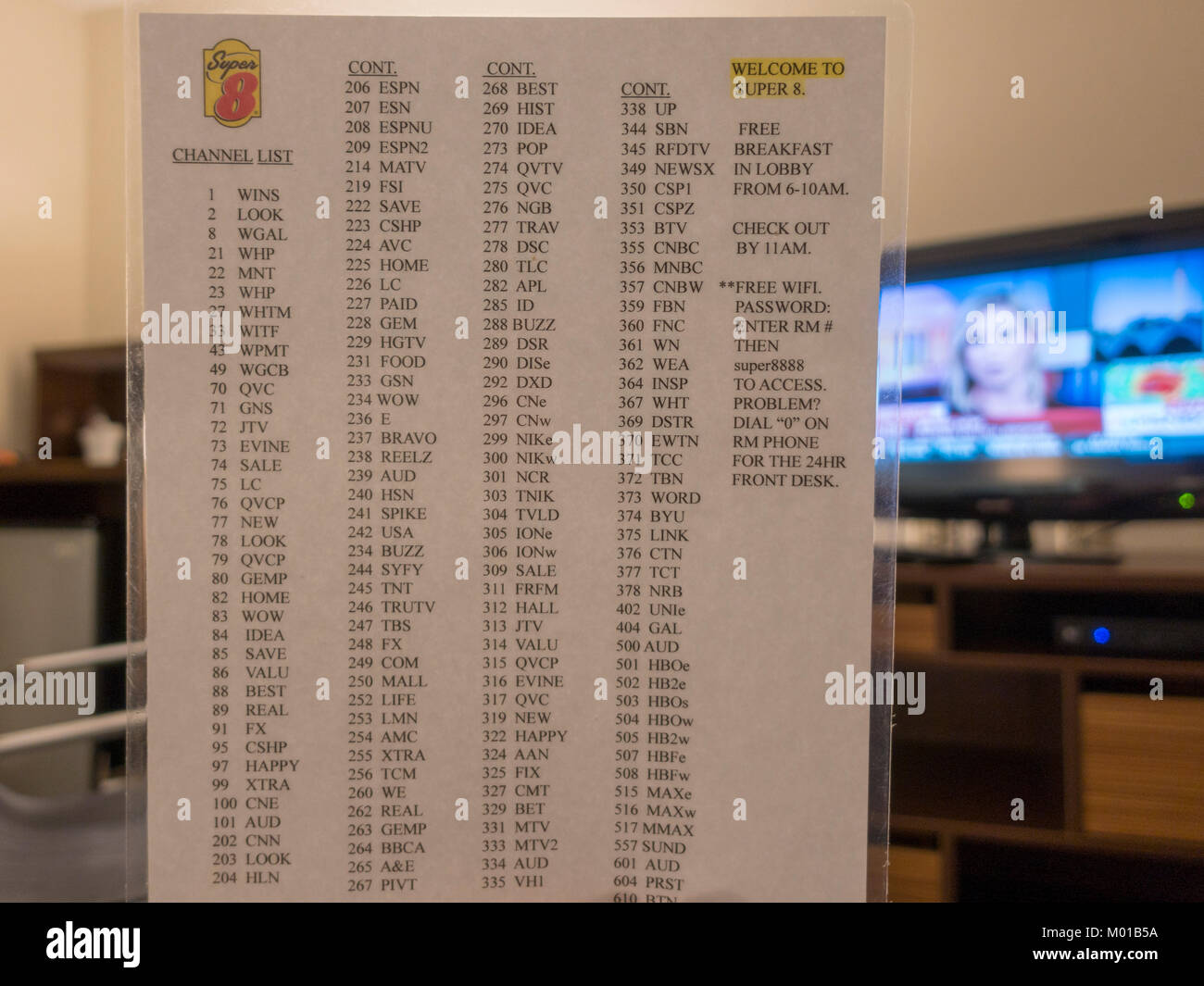The 5-Second Trick For Apollo Group Tv
The 5-Second Trick For Apollo Group Tv
Blog Article
Indicators on Apollo Group Tv You Should Know
Table of ContentsGetting The Apollo Group Tv To WorkThe Ultimate Guide To Apollo Group TvExcitement About Apollo Group TvThe Best Strategy To Use For Apollo Group Tv
In this circumstance, as opposed to having three-minute industrial areas throughout a 30-minute tv program, television shows might change to one where a consumer will be needed to have a month-to-month subscription, so that they cen view targeted banner ads. This kind of advertising and marketing currently takes place online, and the amount of information tv companies collect allows them to do much the same.Explain the major patterns among the broadcasting and wire networks. Popular radio reveals such as police dramatization Dragnet and western cowboy collection Gunsmoke were adapted for television, and new TV programs were sponsored by solitary marketers, just as radio programs had been.
Today, the tv market is even more intricate. Programs are sponsored by multiple marketers; programs is regulated by significant media conglomerates; and the 3 major networks no much longer dominate the airwaves yet instead share their viewers with countless cable television networks. A number of factors make up these trends within the sector, including technical developments, federal government regulations, and the production of new networks.

Getting The Apollo Group Tv To Work
Developed in 1969, (PBS) developed out of a record by the Carnegie Payment on Educational Television, which took a look at the role of academic, noncommercial tv on culture. Public television was also meant to give universal access to television for visitors in country areas or audiences who can not manage to pay for private television services.
The period in between 1950 and 1970 is traditionally identified as the. In addition to a small part of airtime regulated by public tv, the 3 significant networks (known as the Big Three) dominated the television market, jointly accounting for more than 95 percent of prime-time viewing. In 1986, Rupert Murdoch, the head of multinational business News Corp, introduced the Fox network, testing the prominence of the Big 3.
Targeting young and minority target markets with programs such as Buffy the Vampire Killer, Moesha, Dawson's Creek, and The Wayans Bros., the brand-new networks wanted to attract terminals far from their old network associations. Instead than repeating the success of Fox, UPN and WB had a hard time to make an effect. Unable to attract numerous affiliate stations, the 2 new networks got to less families than their larger rivals because they were unobtainable in some smaller sized cities.
This choice led the method for the advancement of cable television film channels, adding to the rapid growth of cable television in the 1980s and 1990s. apollo group tv app. Further deregulation of cable in the 1984 Cable Communications Plan Act eliminated limitations on cable prices, making it possible for operators to charge what they desired for cord services as long as there worked competitors to the service (a criterion that over 90 percent of all cord markets might meet)
The Apollo Group Tv Statements

Having actually created the first "superstation," Turner broadened his realm by starting 24-hour news network CNN in 1980. At the end of the year, 28 national programs solutions were readily available, and the wire revolution had actually begun. Over the next decade, the sector underwent a period of quick growth and popularity, and by 1994 viewers could select from 94 fundamental and 20 premium cord services.
Figure 9 - https://www.ted.com/profiles/47980786/about.16 Raised competition from cord networks has triggered a constant decline in the networks' target market ratings. During the 1950s, the expense of generating a single television show boosted as programs came to be longer and production expenses skyrocketed. Sponsorship on network tv changed from solitary sponsorship, in which a program was entirely supported and created by one advertiser, to several sponsorship, in which marketers acquired 1- or 2-minute spots on the show
Each reaction must be a minimum of one paragraph. Select among the Big 4 networks and Going Here publish out its once a week shows timetable. Watch the network's prime-time programs throughout a week, noting the target demographic for each show. Observe the marketing sponsors that support each show and compare how the services and products fit with the desired target market.
The Single Strategy To Use For Apollo Group Tv

Straight television, frequently referred to as standard program television, incorporates cable and satellite television. It's called "linear" because material complies with an established programs routine, unlike on-demand material which the private customer determines to see based upon their very own choices and routine. So, when you ask, "What is straight television?", think about it as the traditional way of viewing TV that has actually been around for decades.
Report this page